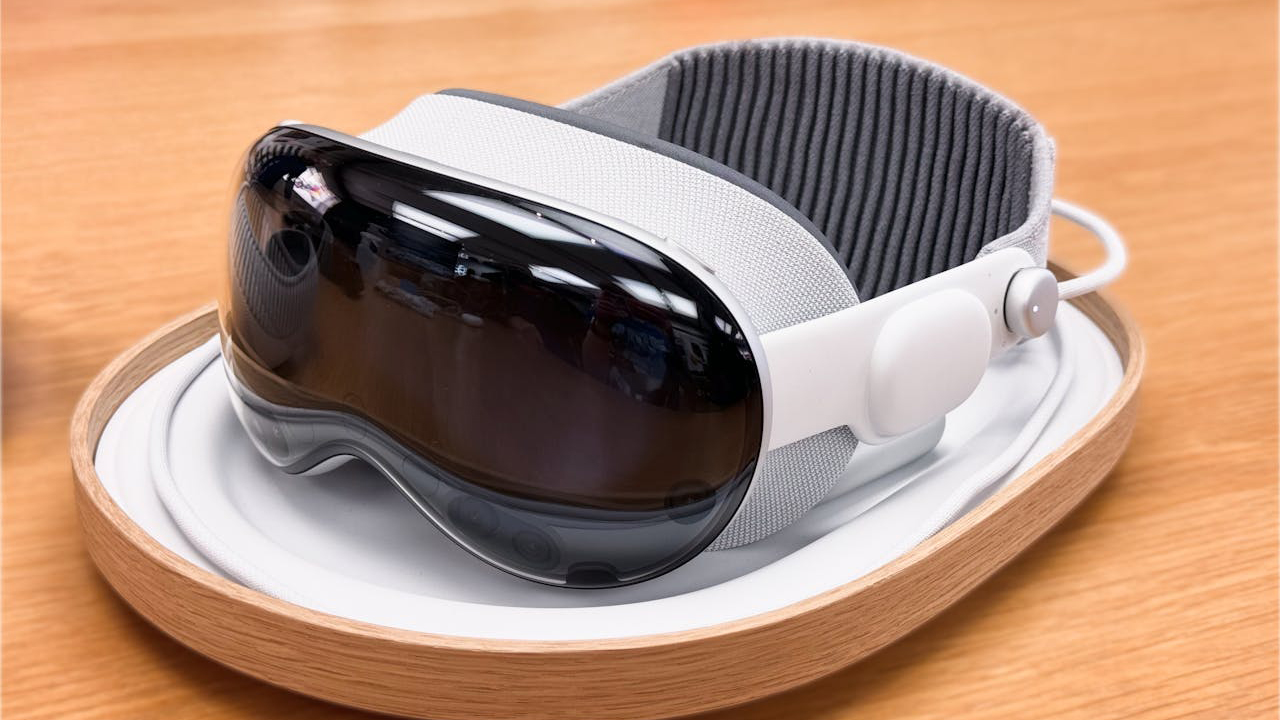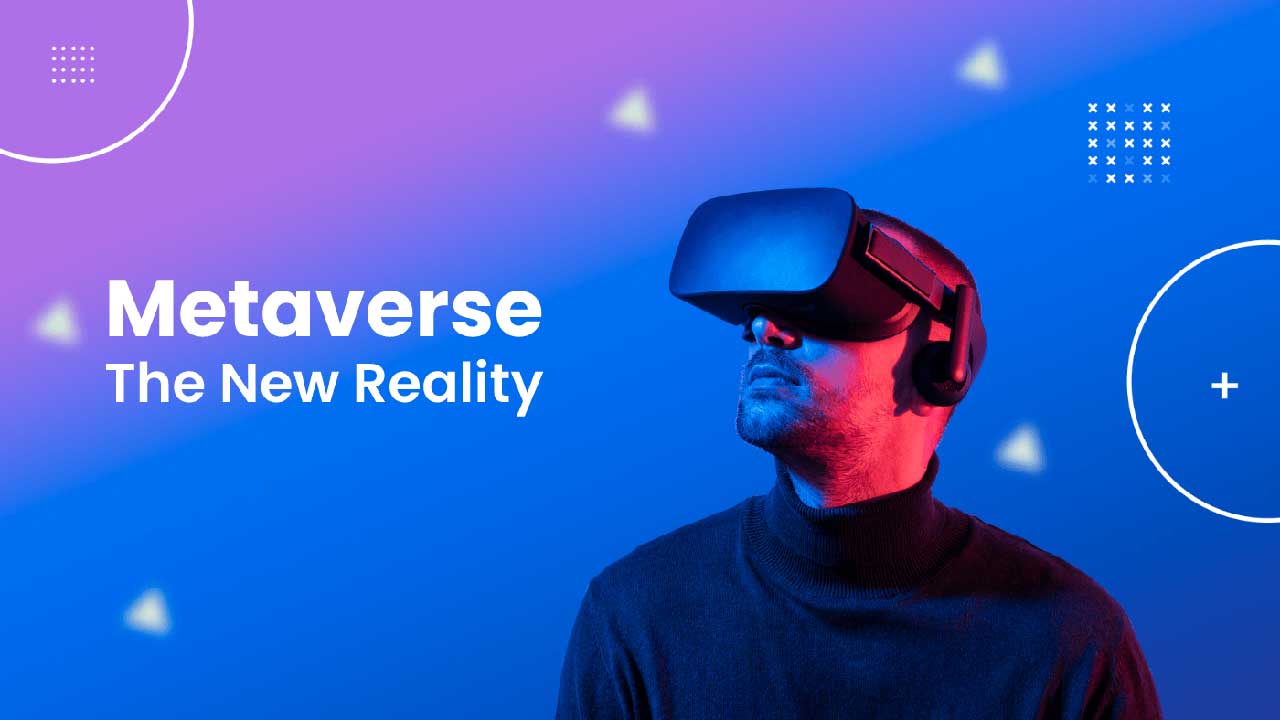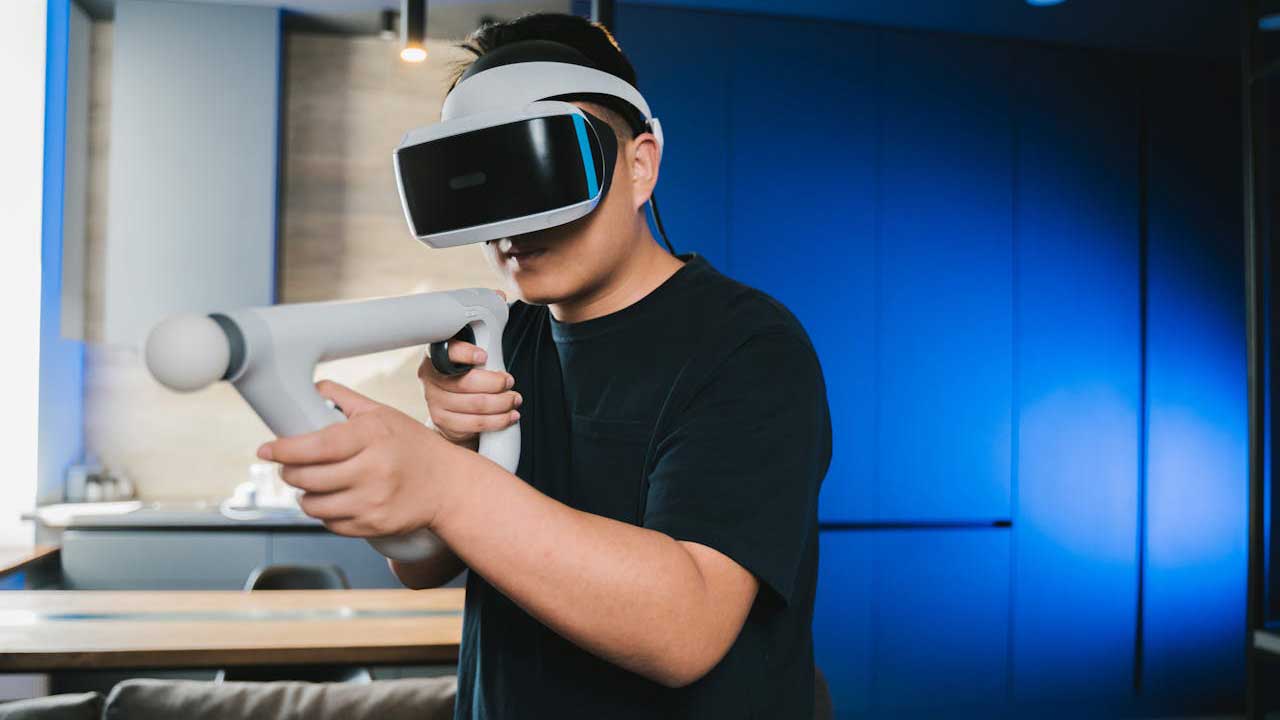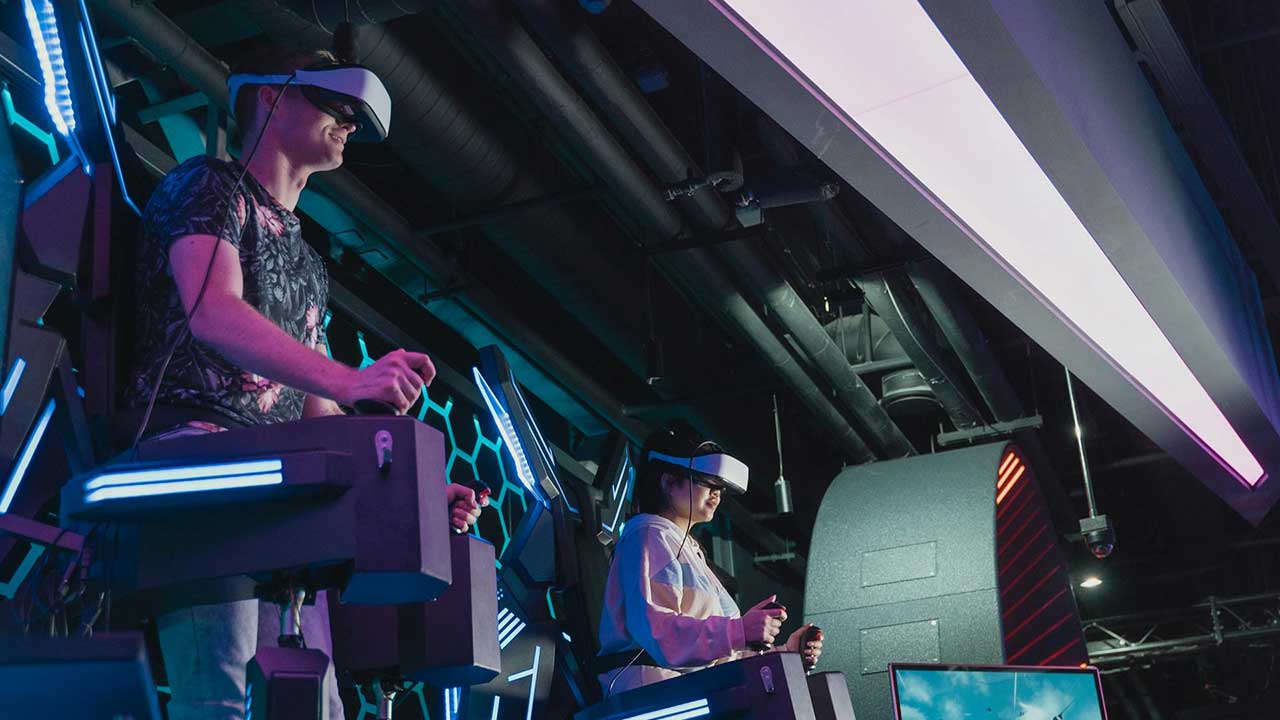In the rapidly evolving world of virtual reality, some devices blaze trails only to be overshadowed by more commercially successful successors. One such device is the Pimax Vision 8K X, a headset that, despite its groundbreaking specifications, remains relatively unknown to the broader public.
Unparalleled Visual Fidelity
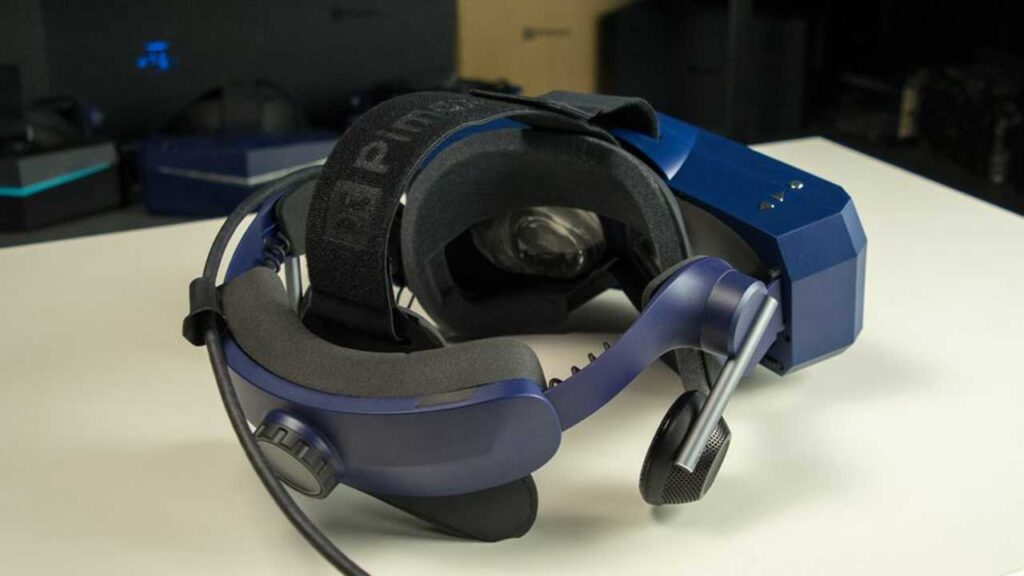
The Pimax 8K X boasted dual native 4K displays, delivering a combined resolution of 7680×2160. This setup provided an immersive experience with a field of view of 200 degrees, closely mimicking human peripheral vision. Such specifications were unprecedented at the time, setting a new benchmark for visual immersion in VR.
Challenges in User Experience
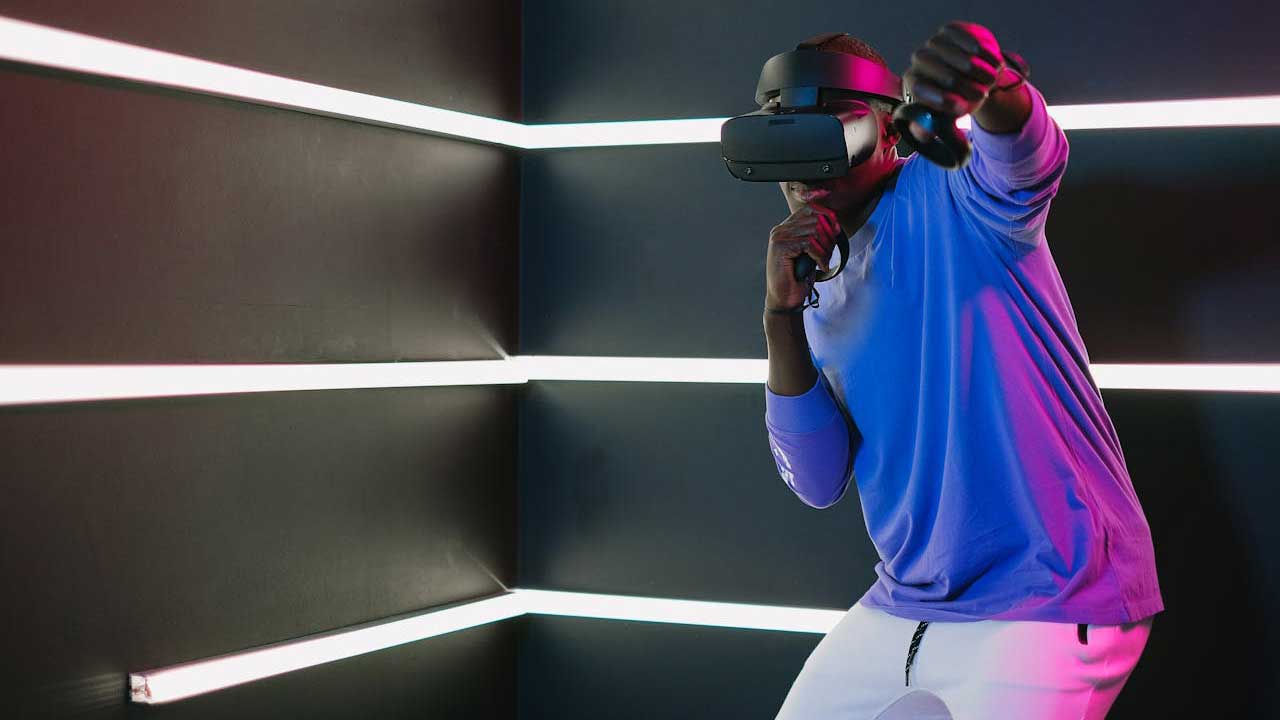
However, the headset’s advanced features came with trade-offs. Users reported that the device required significant setup and calibration, making it less accessible to the average consumer. The need for a high-end PC to run the headset effectively further limited its appeal to a niche market.
Legacy and Impact
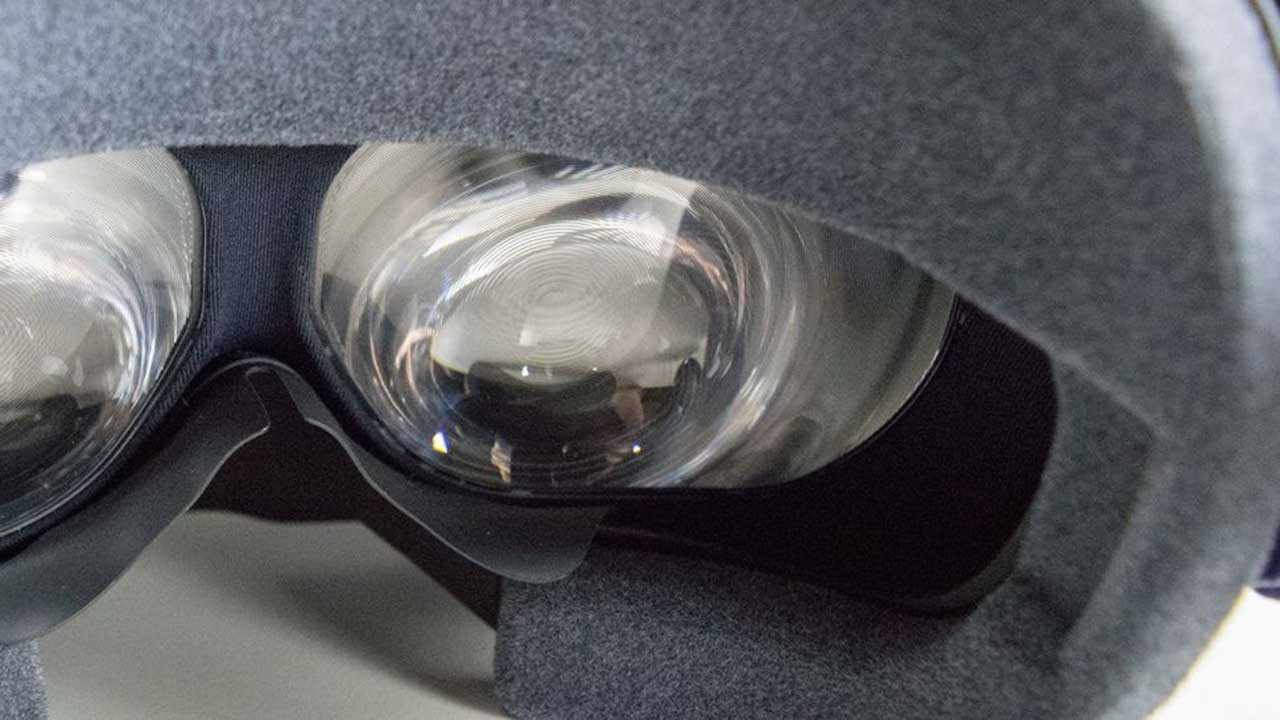
Despite its limited commercial success, the Pimax 8K X influenced the design and expectations of subsequent VR headsets. Its emphasis on high resolution and wide field of view pushed competitors to enhance their offerings, contributing to the overall advancement of VR technology.
Ahead of Its Time
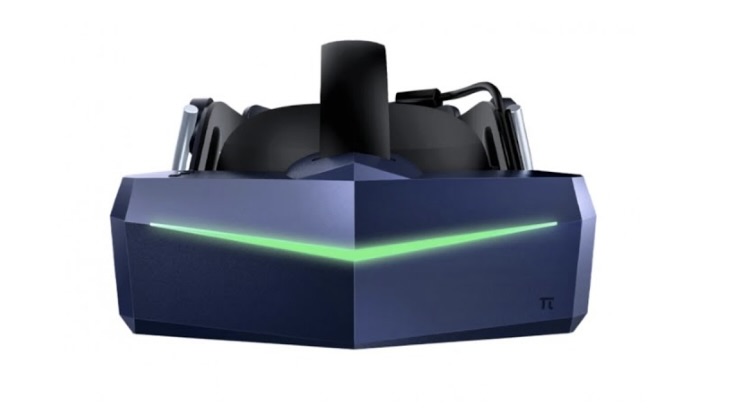
In retrospect, the Pimax 8K X was a visionary product that introduced features now becoming standard in modern VR headsets. Its story serves as a testament to the challenges innovators face when introducing cutting-edge technology to a market that may not yet be ready to embrace it.


 By
By